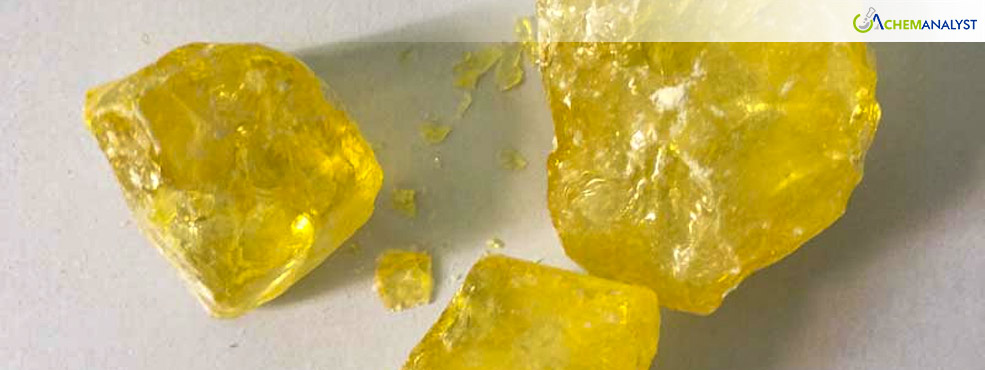Welcome To ChemAnalyst

Phenolic resin prices in Asia rose from mid-February 2025 due to constrained feedstock phenol supply following LG Chem's Force Majeure, which increased production costs. However, due to limited demand for molding compounds, laminates, and coatings, prices steadied in early March. While some customers did conduct post-holiday restocking, real transactions were slow, and pricing stayed unchanged. Prices in Europe stayed low, indicating a lackluster demand from the industrial and construction industries.
As feedstock phenol prices increased in late February, phenol manufacturer LG Chem's Force Majeure on 25th Feb at its Daesan facility was the primary driver of an increase in phenolic resin costs in China. Production costs increased as a result of the ensuing supply problems, which limited regional phenol availability. Due to careful procurement tactics, overall market activity remained muted, even though some producers raised resin prices to reflect growing input costs.
Downstream industries such as coatings and laminates remained sluggish, while molding compound manufacturers adopted a need-based buying approach, keeping bulk orders limited. China’s slow-moving construction sector also restricted resin consumption, limiting any sustained price rally for phenolic resin.
Exports slowed to 2.3% in January-February from 10.7% in December, weighing on phenolic resin prices. Elevated phenol costs tightened production margins, but weak end-user demand made price hikes difficult. Producers cautiously managed output to avoid excessive stock buildup while navigating subdued market sentiment.
In Japan, rising mortgage rates caused building delays and a decline in purchasing activity, which kept industrial sector stagnant. Concerns over resin demand were also aroused by Trump's planned 25% automobile import tariff, given that South Korea and Japan rely on auto exports. Due to these difficulties, the market remained muted and phenolic resin usage remained low.
As Ramadan begins, phenolic resin demand in the Middle East remains weak, with shorter working hours and reduced industrial activity limiting trade volumes. However, India’s improving market conditions, a 16% YoY surge in government infrastructure investments have strengthened regional phenolic resin consumption. Additionally, growing demand from other South Asian nations has helped stabilize the market.
Phenolic resin prices in Europe remained weak, reflecting slow demand from laminates, coatings, and molding compounds. Feedstock phenol costs provided some stability, but low industrial activity and weak construction demand restricted any meaningful price gains. Adding to the uncertainty, the U.S. president’s proposal of a 25% tariff on European chemical imports on February 26, 2025, has raised concerns about potential trade disruptions.
The Eurozone construction sector continued to contract, with new orders and overall output declining. Despite some cost relief from lower input prices, European phenolic resin producers struggled with poor downstream consumption, making any price recovery difficult.
As per the ChemAnalyst, Phenolic resin prices may rise slightly due to higher feedstock costs and stronger demand from India. In Europe, rising energy costs—nearly four times higher than in the U.S.—could push production costs up, leading to possible price adjustments. However, cautious market sentiment and supply management will influence pricing trends.
We use cookies to deliver the best possible experience on our website. To learn more, visit our Privacy Policy. By continuing to use this site or by closing this box, you consent to our use of cookies. More info.
